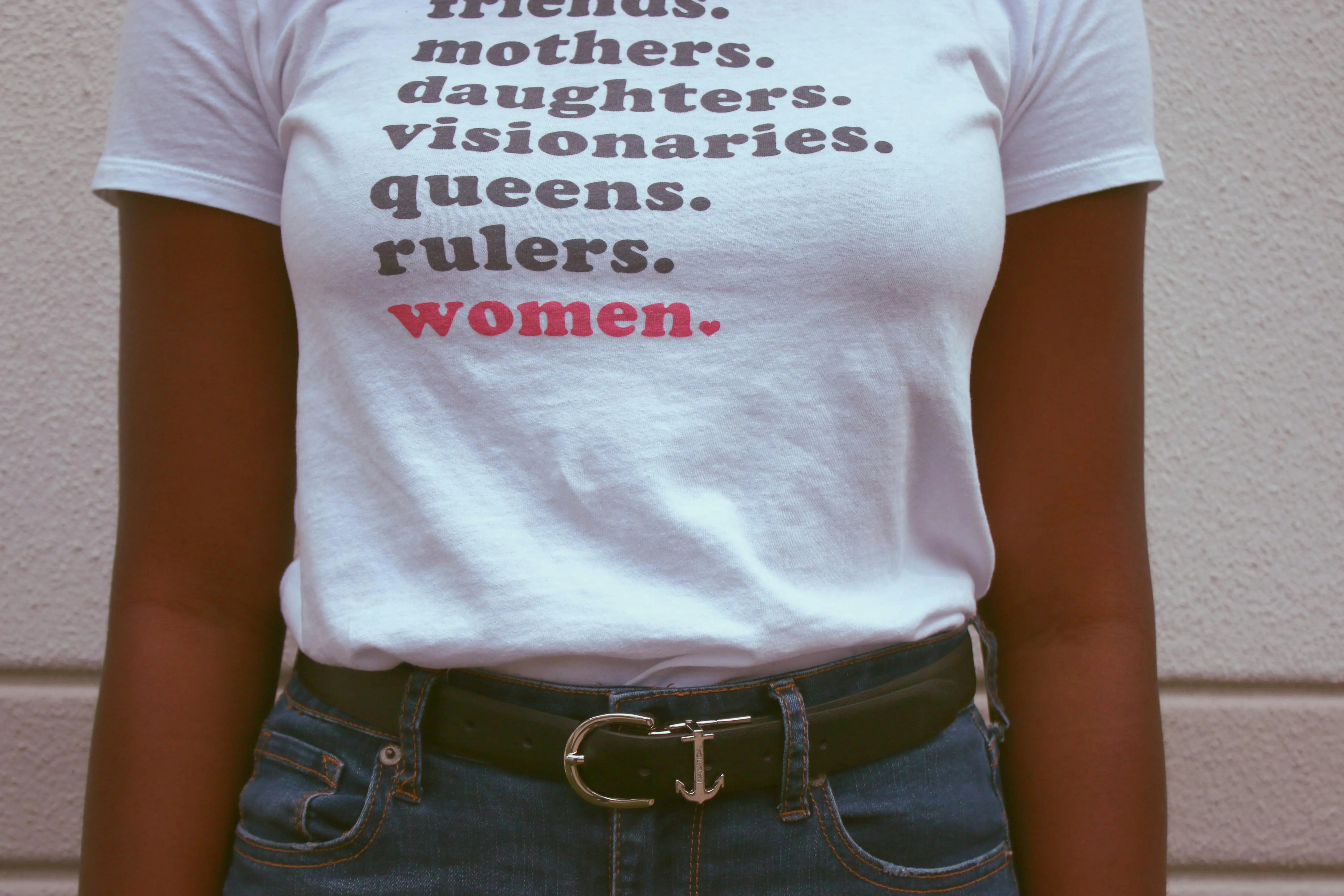
The Power of the Woman’s Pound: Why Brands Must Target Female Audiences in 2026
The Power of the Woman’s Pound in 2026
Brands have talked about marketing to women for years, but most campaigns are still built using a male-default mindset despite the fact that women’s economic power is growing. In 2026, the brands that fail to understand female consumers will lose out in missed spend and loyalty. The brands already focused on women need to capitalise on performance PR as an influential channel partner for storytelling and growth.
Women are driving the UK’s economic growth
Globally, women influence around 80% of household purchasing decisions. In the UK, the “woman’s pound” is worth at least £260bn every year. Since 2000, women’s economic inclusion has accounted for 40% of national growth, and government analysis shows a further 5% increase in female employment could add £125bn to the economy annually so this isn’t a trend it’s a tangible shift for society and culture.
Women-led wealth is rising
Being a women founded agency with a 100% female leadership team, we are so pleased to see that women are earning more, inheriting more and founding more businesses than ever before. It was expected that this year women are expected to hold 60% of the UK’s wealth. By 2030, women will control 75% of discretionary spend and female-owned businesses already contribute £105bn to the UK economy, so this sets a scene for brands to listen and respond to take on the massive opportunity.
Women influence every major consumer category
Women are the primary decision-makers in so many consumer categories including:
- Food and drink
- Healthcare and wellness
- Travel and hospitality
- FMCG and retail
- Financial services
- Technology adoption
From a behaviour point of view, research has shown that women research more deeply, compare value and share recommendations which means their value as brand amplifiers can be phenomenal.
Life stages that change spending power
Often when we receive a brief and it says the target audience is ‘women aged x to y’, we’ll step back and think about the age bracket, the mindset and the life stage. All of which have a fundamental impact on how a woman buys into a brand. Some examples below show that women going through specific stages are more likely to buy into certain categories and products so any PR content created needs to play into this.
For menstruating women to those trying to conceive we see spend increases across supplements, skincare and sexual wellness.
During pregnancy and parenting, women become household CFOs. They control all the major family spend and actively seek out more effective or natural products as well as buying for the rest of the family.
A massively underserved category is perimenopause and menopause, it’s one gathering traction with the likes of the brilliant Gen M which brings together and champions brands for this life stage – particularly because with huge life adjustments comes women actively looking for products and innovations to support them.
In this group is also Midlife “Queenagers” estimated to be spending £92bn a year, these women have higher disposable incomes and are cost of living resilient.
For women in a parental caregiving role, these women manage eldercare which means an increased interest in health tech, finance and insurance.
Many of these categories overlap but the behaviour and need states are different – creative storytelling that resonates needs to understand the complexities of women’s lives because ignoring these stages means ignoring revenue.
Female consumers want more than discounts
NielsenIQ shows 91% of women feel brands don’t understand them. It also states that women value the following from brands:
- Authenticity
- Sustainability
- Equality
- Better health support
for any brand being able to step back and tick off these basic expectations is essential – they are purchase triggers and table stakes.
Women are becoming powerful advocates
Communities of woman have always been formidable and women love being part of brand communities. In an increasingly isolated world women are seeking an authentic attachment to brand communities – with the brands being the facilitator of shared experiences and community-driven events meaning that they are more likely to actively refer and stay brand loyal – for women who really align with a brand the brand association isn’t just transactional it’s being part of a movement.
The rise of female entrepreneurship
More women are building businesses to solve problems no one else has tackled and leadership representation is climbing too. It’s encouraging to see that 43% of FTSE 350 board seats are now held by women. This is all excellent news particularly as brands that are built for women’s needs are rising and with this there becomes a knock-on effect cultural and economically. It also means that brands are building for women per se, signalling an increased spending power to an untapped growth market.
4 tips on how brands should target women in 2026
- Segment by life stage and don’t bundle women altogether, instead see their need state and be highly relevant in their lives.
- Provide education as women want expert advice. A strong PR strategy can be a powerful channel in building brand awareness with an education pillar at its heart positioning your brand as the experts.
- Using data from the likes of PR research that focuses on women can really show that women’s attitudes and behaviours are being listened to by brands – it also means that campaign strategy can be better created to reflect cultural insights.
- Aim to build a genuine community not just brand fans because women trust women. Utilise case studies and involve your community, not just media and influencers in launch events and activations. Partner with communities like Buy Women Built and Dreamers & Doers who can help widen reach and are made to champion women.
- Invest in thought leadership as what the world needs now is women showcasing their leadership and credibility. PR thought leadership is a powerful tool to tell the founder story, the category growth and the market opportunity.
If your brand wants to reach female consumers in the UK, improve relevance across key life stages or build advocacy through PR and thought leadership like Wild Nutrition, let’s talk.




.png)


.png)
